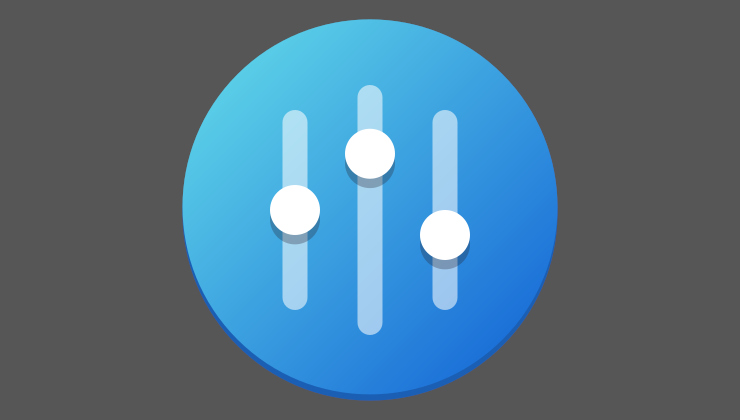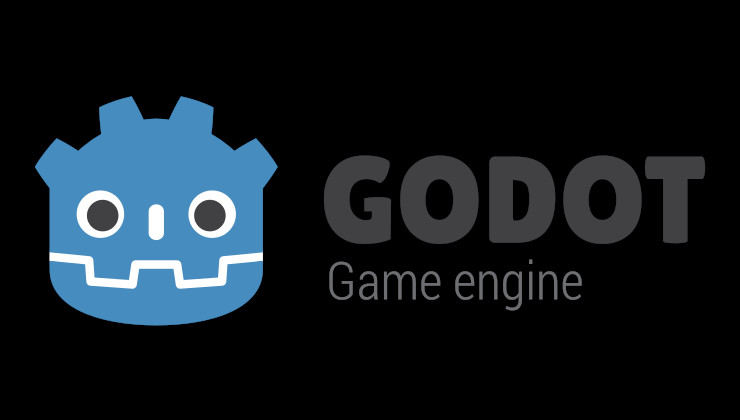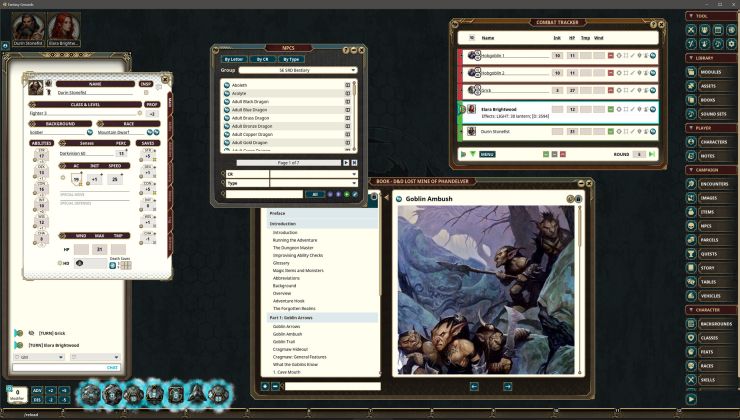Vue lecture
Firefox 145 Binaries Available - Aside From 32-bit Linux Being Removed
Get The Sinking City Remastered and a lot of Sherlock Holmes in this Humble Bundle
 .
.
Read the full article on GamingOnLinux.
Linux Mint to get an upgraded System Information tool and a spruced up system menu
 .
.
Read the full article on GamingOnLinux.
The popular Easy Effects app swaps from GTK over to Qt, QML and Kirigami with a big new release
 .
.
Read the full article on GamingOnLinux.
GZDoom successor project UZDoom gets a first preview release
 .
.
Read the full article on GamingOnLinux.
POLYVAL Work Bringing More Performance Gains To Linux Crypto Subsystem
The Godot Engine 2025 showreel is out
 .
.
Read the full article on GamingOnLinux.
Fantasy Grounds virtual tabletop (VTT) is now free to play
 .
.
Read the full article on GamingOnLinux.
Tencent Proposes Semantics-Aware vCPU Scheduling For Over-Subscribed KVM Linux VMs
Fish 4.2 Shell Brings Interactive Improvements, Updated Rust Minimum Version
LoongArch LA32 Target Proposed For The GCC Compiler
Patches Proposed For Radeon GCN 1.1 GPUs To Use AMDGPU Linux Driver By Default
‘Phases of Moon’ Brings Lunar Tracking to GNOME Shell
 A GNOME Shell extension for tracking lunar phases on your Linux desktop, with info, a clean, minimal design - and a giant illuminated moon.
A GNOME Shell extension for tracking lunar phases on your Linux desktop, with info, a clean, minimal design - and a giant illuminated moon.
You're reading ‘Phases of Moon’ Brings Lunar Tracking to GNOME Shell, a blog post from OMG! Ubuntu. Do not reproduce elsewhere without permission.
Rust Coreutils 0.4 Released With Better GNU Compatibility & Faster Performance
DESERT 4.5
Tribblix 0m38
Linux 6.18-rc5 Released: "Small And Boring"
PorteuX 2.4
MX Linux 25
ObsidianOS 2025.11.08
🪶 Les journaux LinuxFr.org les mieux notés d'octobre 2025
LinuxFr.org propose des dépêches et articles, soumis par tout un chacun, puis revus et corrigés par l’équipe de modération avant publication. C’est la partie la plus visible de LinuxFr.org, ce sont les dépêches qui sont le plus lues et suivies, sur le site, via Atom/RSS, ou bien via partage par messagerie instantanée, par courriel, ou encore via médias sociaux.

Ce que l’on sait moins, c’est que LinuxFr.org vous propose également de publier directement vos propres articles, sans validation a priori de lʼéquipe de modération. Ceux-ci s’appellent des journaux. Voici un florilège d’une dizaine de ces journaux parmi les mieux notés par les utilisateurs et les utilisatrices… qui notent. Lumière sur ceux du mois d'octobre passé.
- « wakeOnStorage : Service sobre, lowtech de stockage à froid (sauvegarde, archivage) » par David ;
- « N'importe qui peut écouter les signaux ADS-B des avions, et ce n'est pas chiffré. » par gUI ;
- « Barrières mémoire et buffers circulaires - Un résultat inattendu » par small_duck ;
- « Déverrouillage d'un Chromebook » par pulkomandy ;
- « écriture d'un script AWK de transformation de Markdown en HTML » par steph1978 ;
- « Les irresponsables » par Andre Rodier ;
- « Les conservateurs allemands bloquent Chat Control » par jch ;
- « >Petit point informatique (et information) quantique » par meumeul ;
- « Demander son code RIO == titiller le service commercial de son opérateur » par 🚲 Tanguy Ortolo ;
- « Extension Firefox pour faire un diff entre Grokipedia et Wikipedia » par picman.
- lien nᵒ 1 : Participez à l’écriture d’un article
- lien nᵒ 2 : Publiez votre journal
- lien nᵒ 3 : Proposez une dépêche
Commentaires : voir le flux Atom ouvrir dans le navigateur